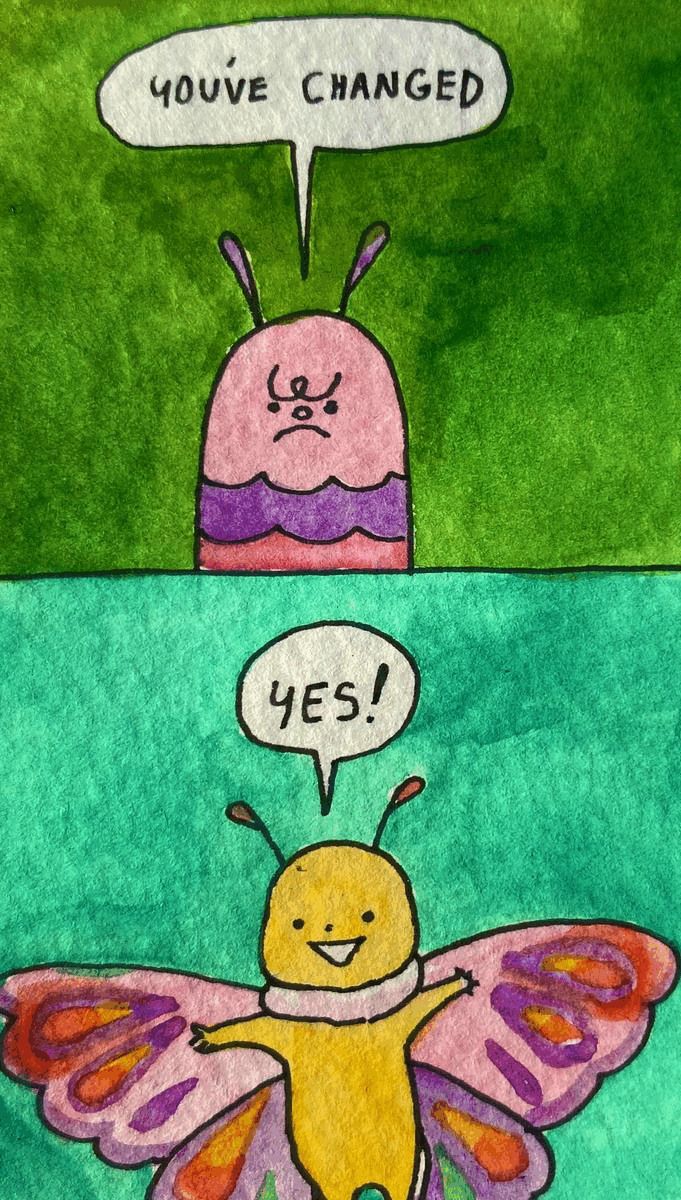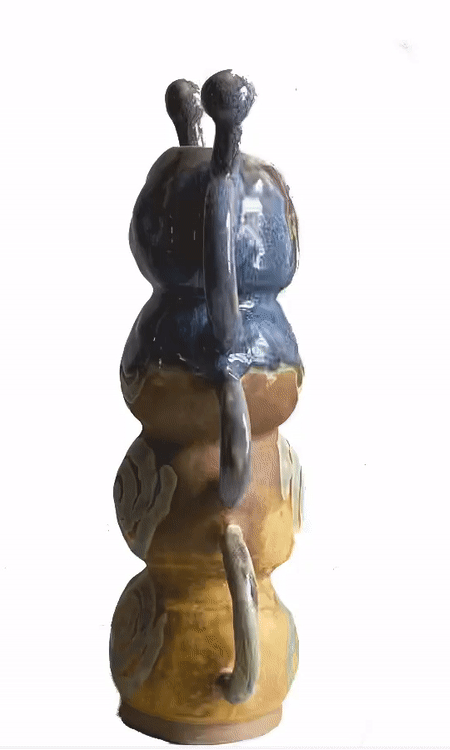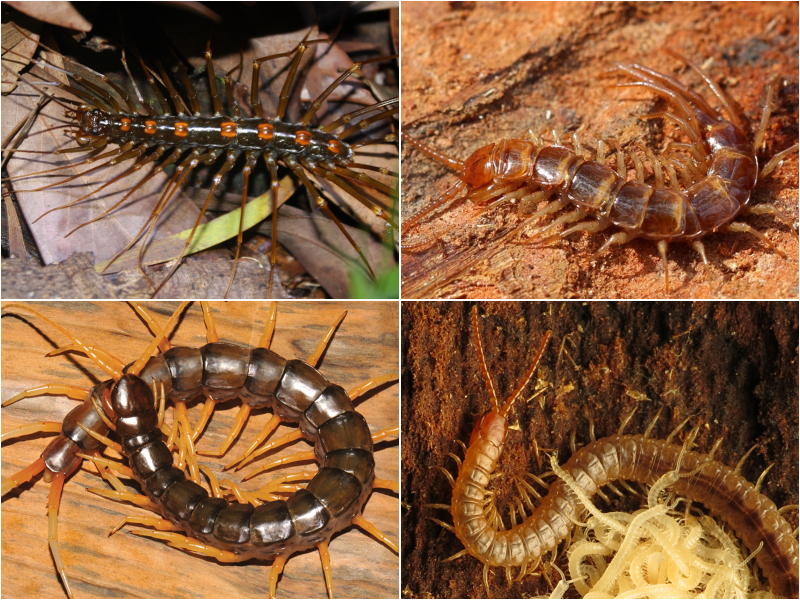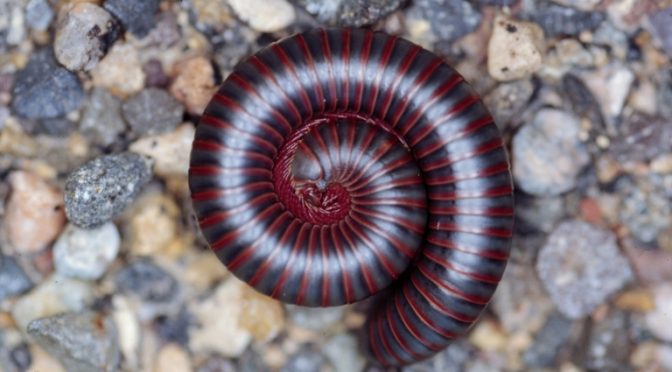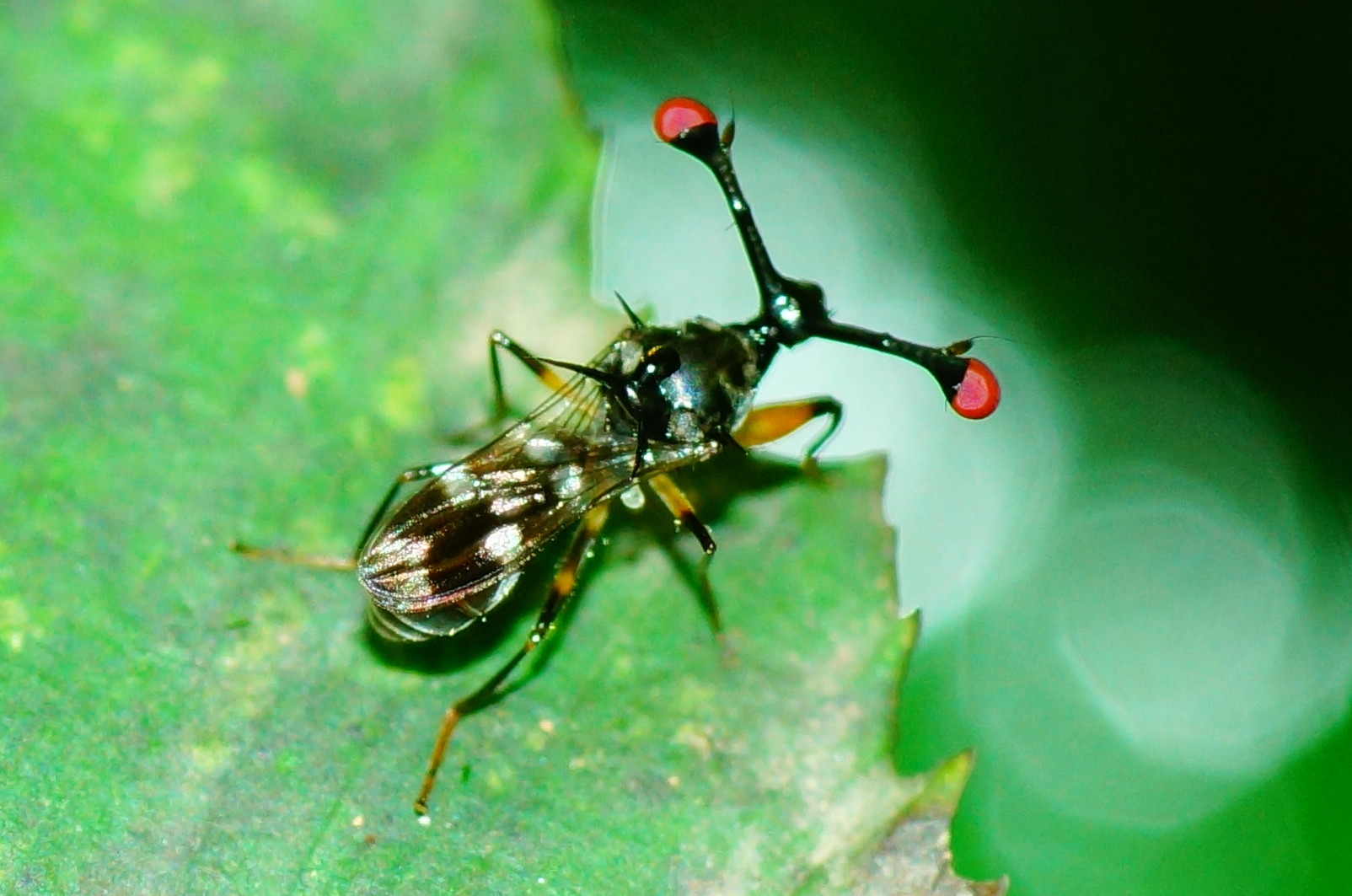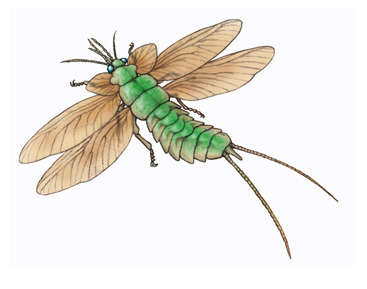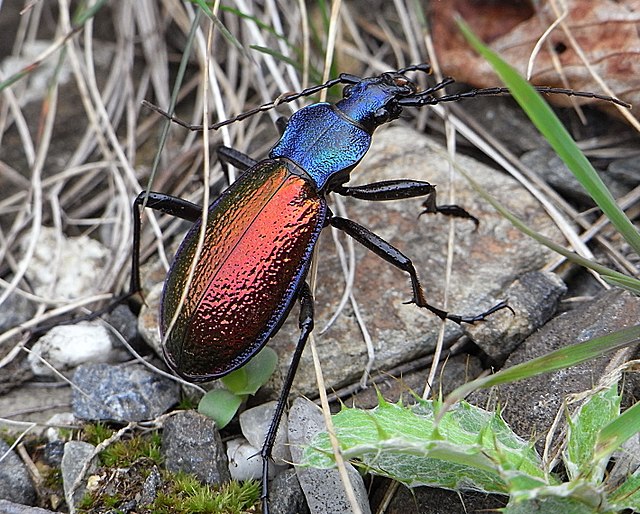Blog
Conventions
A blog (web log) is an electronic habitat for informational pieces of writing,
spanning infinite topics. They have great tonal range, spanning from newspaper
articles to personal journeys. Blogs are concise and informal and have punchy
attention grabbing elements such as bolded text and hyperlinks. They should
have an enticing and descriptive title and authentic voice. Additionally, they
will often include relative images, links, and videos for their topic to enhance
communication.
Insects in Art: A Dissection & Makeover
From their large smooth eyes to their thin stick legs, insects insight fear
in many. They possess near alien qualities that can be unsettling to look at,
and are often a source of dread in the home. Despite this, artists have taken
these qualities and transformed them into something joyful. Whether it be
through metaphor, personification, or aesthetic, art has the ability to turn
the frightening image of these specimens around.
courage to grow (2022) by Anna Laura
“courage to grow” (2022) by Anna Laura is a comic
about the courage it takes to abandon what you once
found familiar. Even though change is inevitable and
is necessary for our growth, it can be scary to go
through the process. People are often faced with
negative reactions when changing something about
themselves, and it takes strength to retain that
self-confidence. This comic uses metamorphosis to
symbolize the inevitability of growth as a natural
part of one’s life cycle. A butterfly speaks to its
caterpillar confidants, and to them, the butterfly
has made a grave mistake. The caterpillars represent
an old version of the butterfly and what it has moved
on from. They show anger and distaste for this change
in the status quo, but the butterfly recognizes this
as concern—which is a useful interpretation for
preserving self love—and moves forward. In the final
panel, we see it utilizing its new ability to fly, as
well as its newfound freedom. Through this comic,
Anna Laura has turned these insects into relatable
characters by using a part of their natural life cycle
as a metaphor for a common life experience.
bug (2022) by slugtrain
“bug” (2022) by @slugtrain is a ceramic vase inspired
by, no doubt, the form of a bug. Normally, the many
winding legs and lengthy antennas insects possess are
what drive people away from them; they are what make
bugs look alien and disturbing. However, in this piece,
slugtrain includes these same attributes and turns them
into something whimsical and pleasant. In this section,
I will be detailing all similarities found between this
piece and various insects in nature.
The body of the vase consists of 4 equally sized
spheres, swirls on each. This pattern is reminiscent of
the centipede, a body broken up into anywhere from
15 to 173 segments. Furthermore, the swirls mimic the
shape millipedes are often found curled up in. If
the body of the vase is the body of a bug, the handles
are its limbs. Out of each segment comes a curved,
tube-like arm, still referencing the anatomy of
centipedes and millipedes in amount and location.
One holds the vase at the arms of the creature, almost
like holding hands! Finally, at the very top are the antennas. These really cement the structure of
the piece and tie together the bug illusion. They clearly outline the head in relation to the body
so that when it is held, it looks as though it's crawling somewhere. Furthermore, the colouring at
the top further implies ahead as many centipedes’ heads do not match their bodies.
The myriapod imagery in this is strong, however, the simplification of these patterns allows them
to be found in other species as well. For instance, the antenna can also be interpreted as eyestalks.
Eyestalks are when eyes protrude so far out they get expelled from the main body. They are most
commonly found in snails (which are molluscs, not insects), however, there is a species of fly
nicknamed the “stalk-eyed fly” that also possesses this attribute, furthering the bug correlation.
Moreover, the curvature of the handles can suggest wings. Although most insects have 1-2 sets of
wings, the now extinct Palaeodictyoptera is nicknamed the “6-winged insect” for its illusion of such:
“They were characterised by beak-like mouthparts, similarity between fore- and hind wings, and an
additional pair of winglets (large paranotal lobes) on the prothorax, in front of the first pair of
wings. Although the paranota are technically not wings, the Palaeodictyoptera are whimsically called
‘six-winged insects’. The actual wings are often boldly marked, the colour patterns evident even in
fossils.”
— palaeopedia, The six winged insect, Palaeodictyoptera (1877)
Although the proportions are not the same, it is interesting that there is still a parallel between
these two. Moreover, such colouring of the piece can also be found in beetles, particularly in the
Carabus genus. The Carabus hispanus specifically is a near match in colour and proportion of
said colour. Overall, this piece is a wonderful use of insect symbolism. Many of these
attributes—segmented bodies, multiple limbs, antennas/protruding eyes—are unsettling on
living creatures, but they make great design for a vase.


